Welcome Gardening Friends! Thanks for stopping by.
When the snow finally melted off our back lawn, my grass looked like it was dying. If yours does too, it could be a lawn fungus called SNOW MOLD. Don’t worry too much, snow mold seldom destroys the lawn; your lawn will recover. This annoying disease can appear when the snow melts off the lawn in the spring. Your turf will have circular type patches of matted straw-colored grass and can have a top layer of stringy mold. (It reminded me of a salad mold that once grew in my refrigerator.)
Here are 8 simple ways to solve SNOW MOLD on your lawn, and better yet, prevent it from happening.
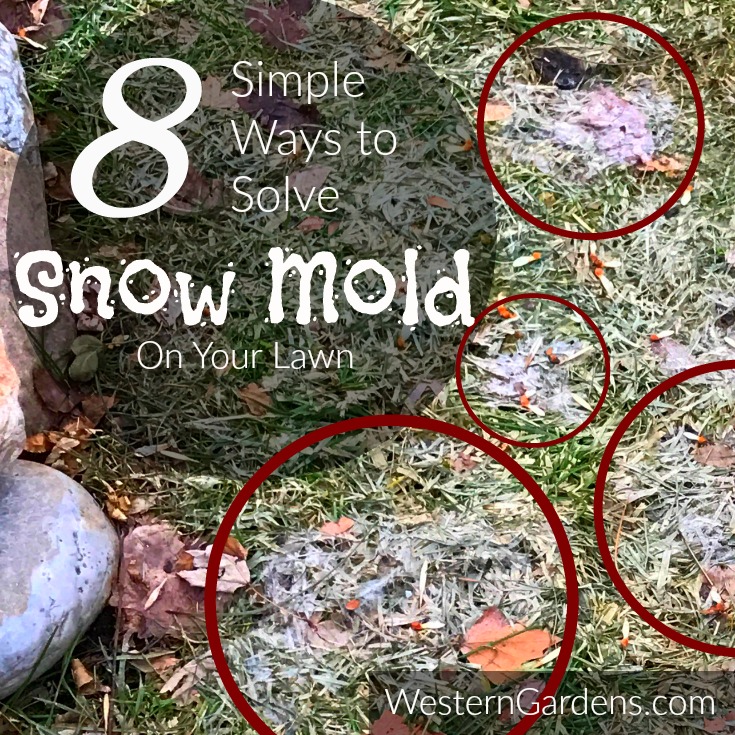
Current Problem Solutions to Snow Mold –
- In the spring when you discover the mold, take action by gently raking the area. This will help the air circulate through the lawn to dry it out and stop the mold from growing further. Be careful not to rip up the grass. The disease usually affects only the blade, so the crown of the plant is still good and will recover. Throw away the grass you have raked up.
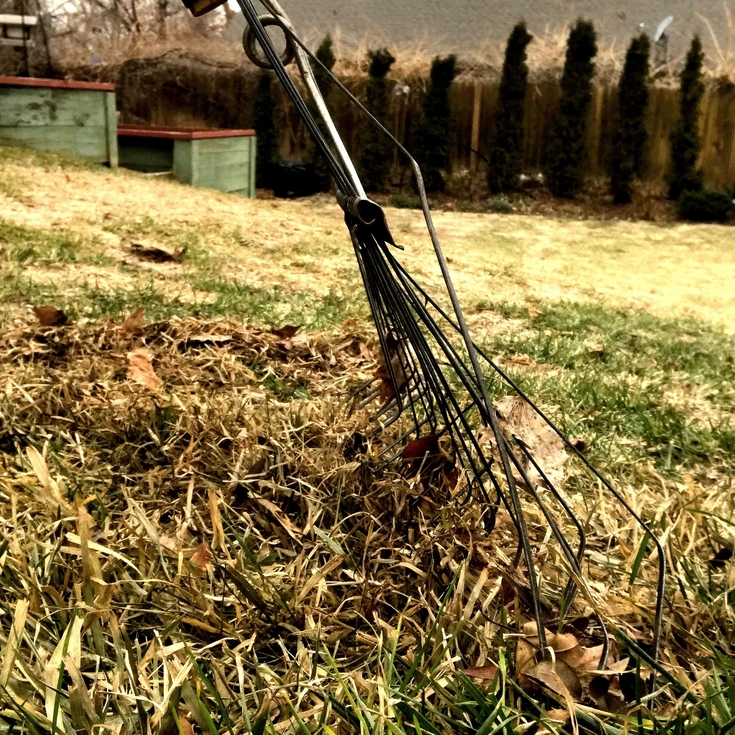
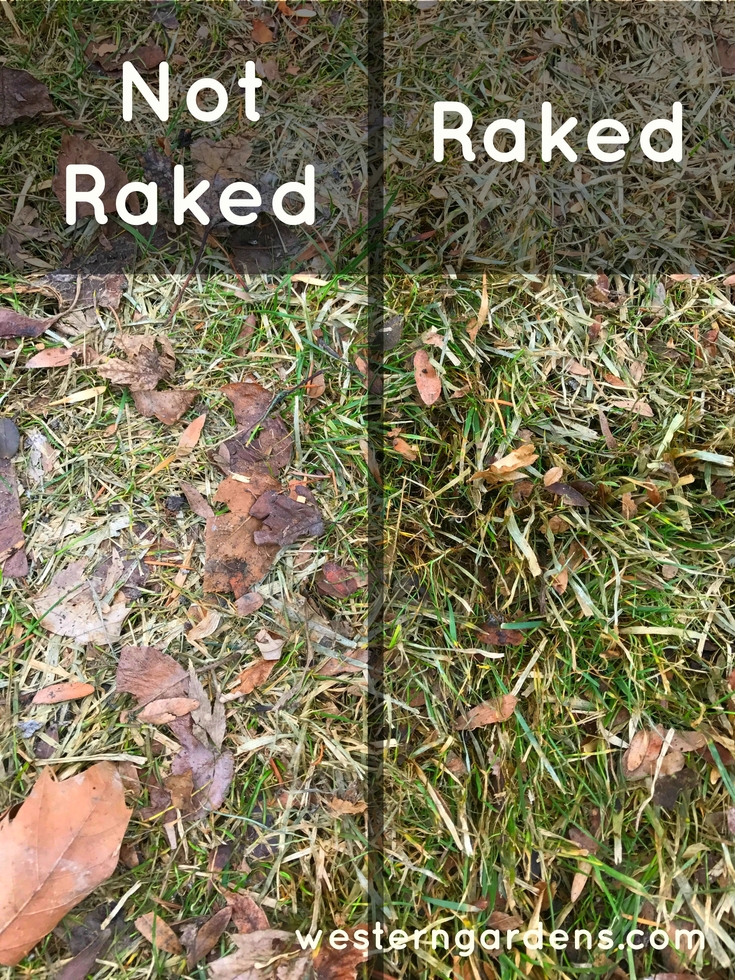
- According to the proper schedule, regular fertilizing and mowing will help your lawn outgrow the fungus. The lawn will green up and the damaged blades will eventually be cut off.
- If your lawn has extreme snow mold, and you have tried the above solutions, a disease control product may need to be applied to the affected area. See your local garden center, like the experts at Western Gardens, to obtain the correct product. It’s always a good idea to take to the garden shop samples of the diseased plant and a photo of the area.
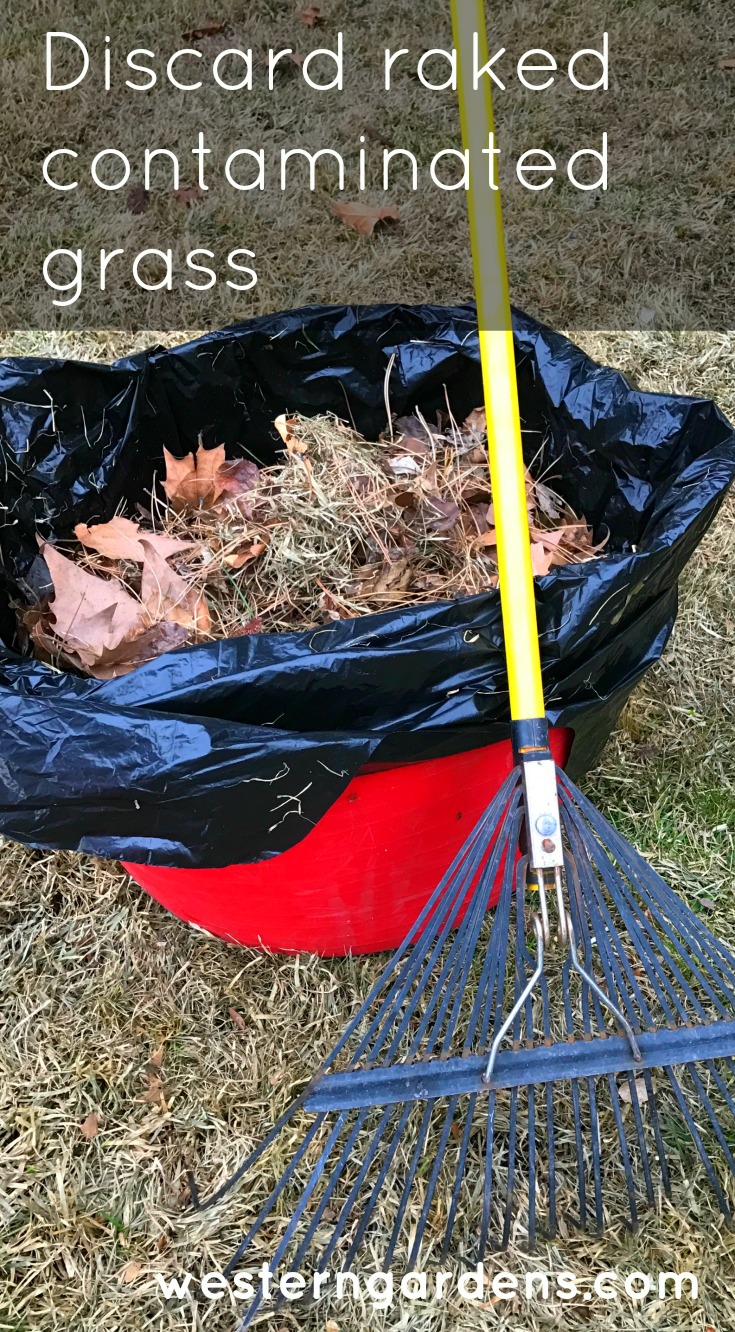
Snow Mold Preventative Actions –
- In the fall, be sure to rake leaves off the lawn. This can be annoying if you have trees that take all winter to lose their leaves, like a Sycamore.
- In the fall, be careful not to use excessive nitrogen fertilizer. This will help slow down the growth of the grass before winter arrives.
- In the fall, be sure to continue mowing until the lawn’s growth slows down. Make sure your last mowing is a shorter cut. The taller the blades of grass when winter hits, the more snow mold is encouraged to develop. (I believe this was the culprit for our problems this spring. We put the lawnmower away and then had a mild fall.)
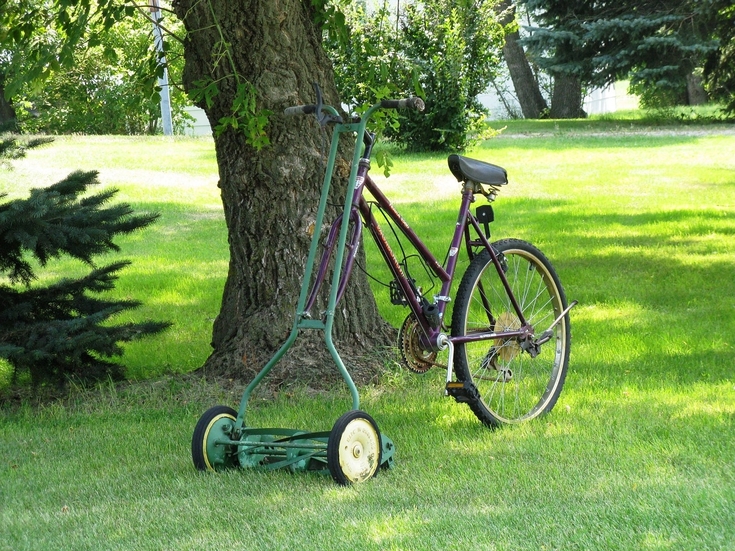
- If each year you have this problem in certain areas, apply a fungicide to the grass in the fall. Be sure to talk with your local garden expert for the correct preventative product.
- In the winter, if piles of snow build up where you or the street plows have worked, be sure to disperse the snow. Where the snow is too deep on your lawn, it can take much longer in the spring to melt, inviting snow mold to grow with the warm spring temperatures.
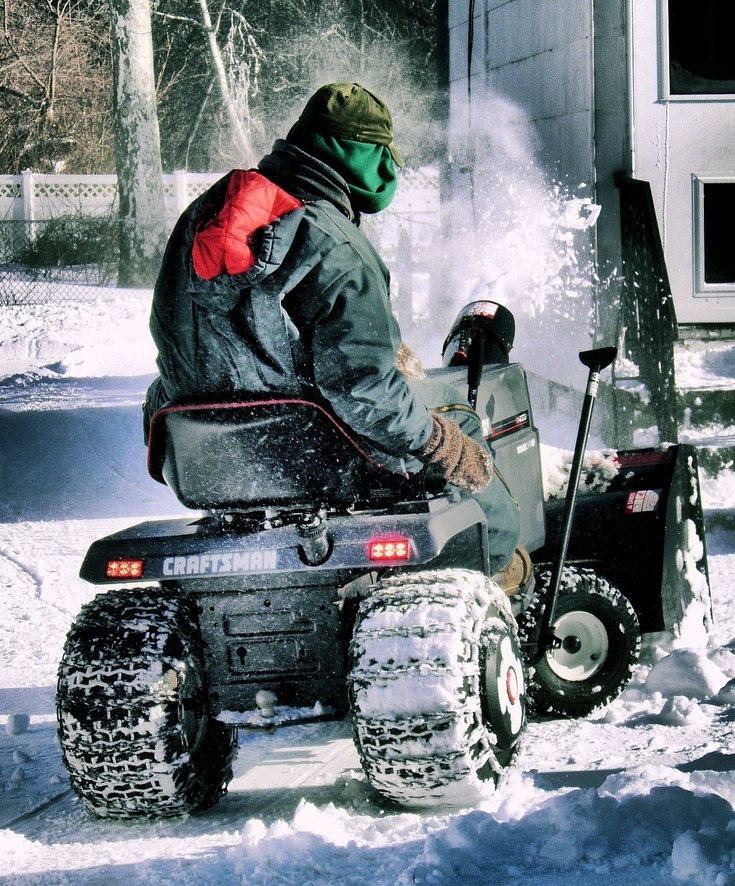
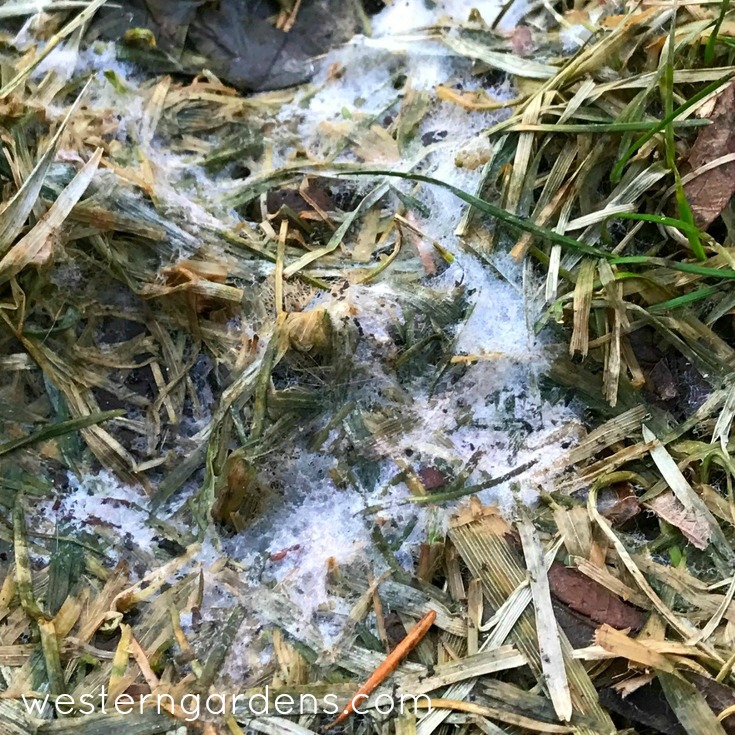
SNOW MOLD on my Utah lawn
This warm weather signals time to dig in the dirt; but first, I’m going to walk barefoot through my recently raked and drying lawn.
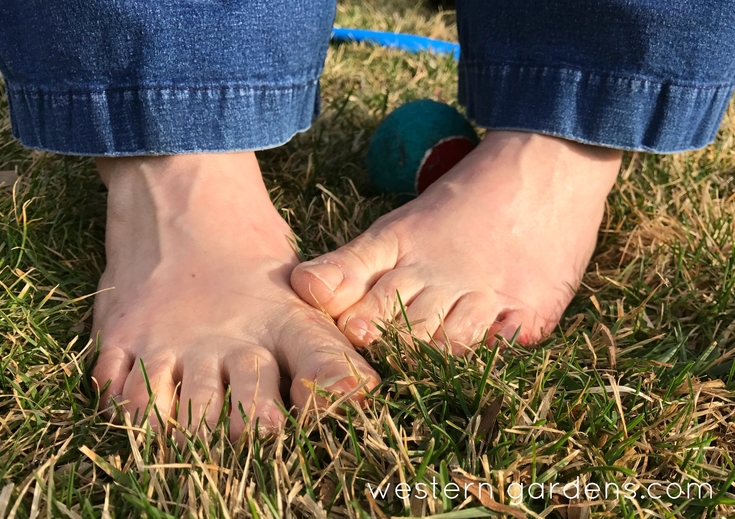
Wendy Pettit
Latest posts by Wendy Pettit (see all)
- Save Water, Save Money with Turf Training in 2022 - April 19, 2022
- utah spring jobs at Western Gardens - January 30, 2021
- Best Plants for Seniors – Beginner Gardening - June 29, 2020